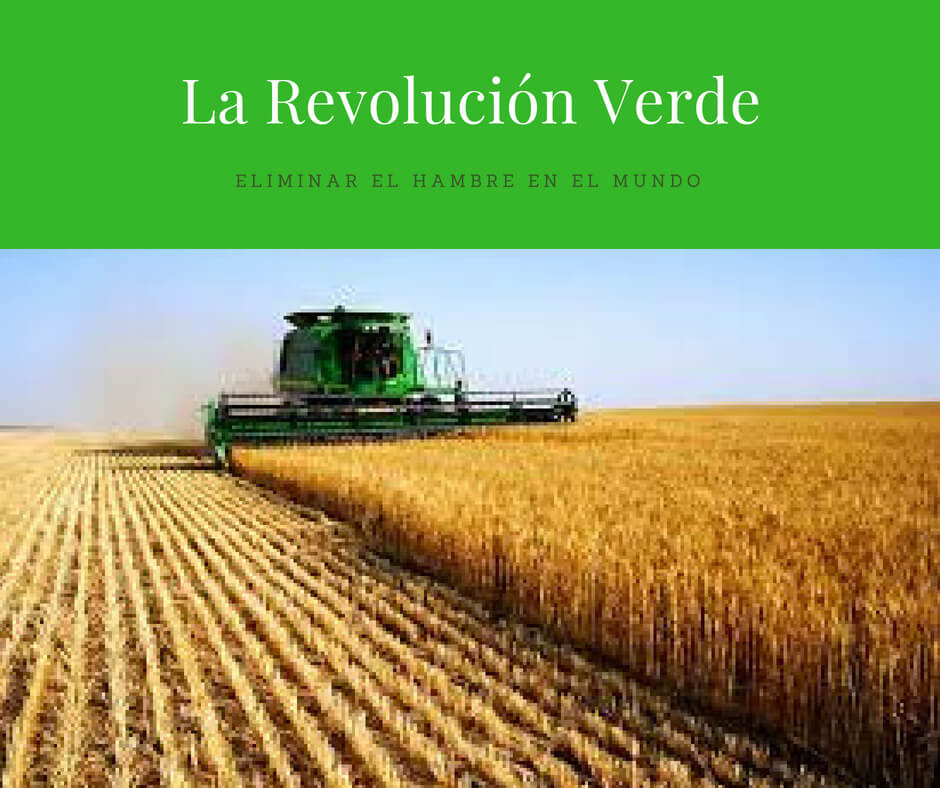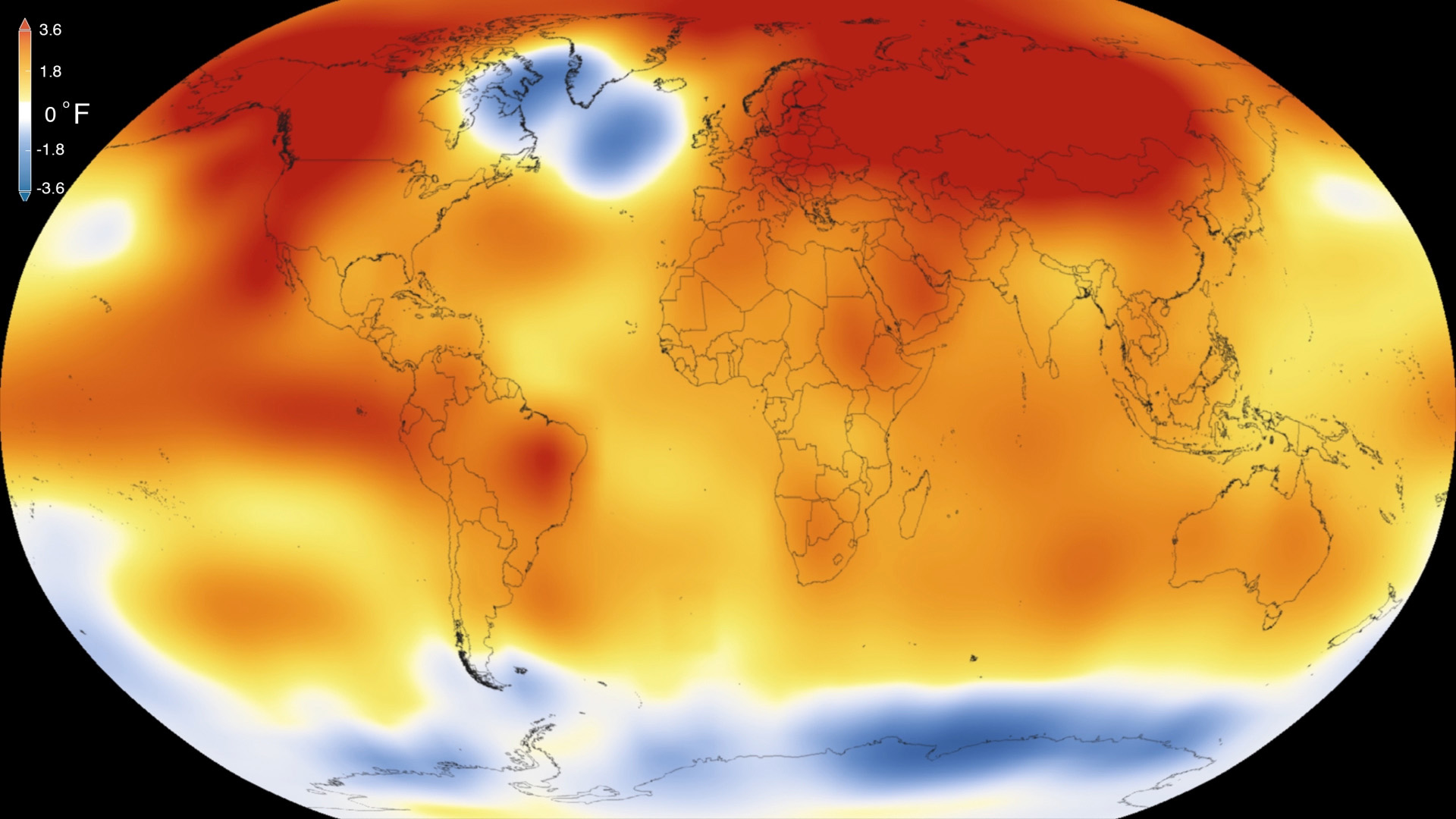The Green Revolution, or Third Agricultural Revolution

Futurcrop - 21-08-2018
It is constantly repeated that at present the problem of hunger in the world is not a problem of food production, but of distribution of the calories produced. And this validates a agricultural production system that predominates since the 50s, that premium at any cost the productivity per hectare. And it is true that globally agricultural production has increased the yield per acreage.
This model of intensive agricultural production was a revolution in the 50s and was the result, among others, of the work of a distinguished agronomist, geneticist and North American phytopathologist named Norman Ernest Borlaug. The different techniques that promoted the increase in agricultural productivity was called The Green Revolution, also Third Agricultural Revolution, and was based mainly on the use of varieties of high-yielding seeds, cultivated in large areas (monoculture), and the use of large amounts of fertilizers, phytoregulators and pesticides. It was all about adapting, through chemical and mechanical technology, Nature to the human needs of food production. It was the beginning of the process of industrialization in agricultural production. Borlaug is considered by many the father of modern agriculture, and in 1970 received the Nobel Peace Prize for his efforts in the eradication of hunger and malnutrition in developed countries. Also this type of agriculture made possible the internationalization of agricultural marketing.
With funding from the Rockefeller Foundation, Borlaug began his work in 1945 in Sonora (Mexico), where there was a big problem with different types of blight that affected Mexican wheat fields. His research team achieved the development of wheat dwarf varieties of high yield, wide adaptation, resistant to diseases and with high industrial quality, with which Mexico markedly increased its production.
The results were considered a success by the Rockefeller Foundation, which helped spread those agricultural techniques it to other countries. In 1961 the Ministry of Agriculture of India invited Borlaug and promoted the use of a semidwarf rice variety (IR8), capable of producing more rice grains per plant under certain fertilization and irrigation conditions. As a result of this, India multiplied by 10 the yield of traditional rice, and in 10 years the cost of rice in India was halved.
The Green Revolution was a great success in the increase of cereal production, thanks to new production techniques it was possible to increase global grain production by 250%.
But the principle of increasing agricultural productivity at all costs by artificial means has nowadays almost changed entirely the process of agricultural production. High-yield cereal crops obtained by researchers, currently predominate, although their nutritional value is currently questioned (low-quality proteins, high carbohydrate content, and calories, deficiencies in essential amino acids, etc. ). Some think that these highly productive crops have impoverished the global human diet as well as the agriculture genetic diversity (a basic component of biodiversity).
In addition, the monoculture system and industrialized agricultural production has several negative aspects that harm both producer and farmer. The genetically homogeneous monocultures increase the danger of massive attack on crops of pests and diseases, thus making habitual and repetitive the application of pesticides. In fact, similar to how agricultural productivity has grown in the world, the commercial sector that supplies chemical inputs to agriculture has grown. The massive use of chemicals, fertilizers and pesticides to increase the productivity of crops has caused environmental imbalances and serious problems for human health, many of them still to be determined.
The Revolution for the eradication of hunger in the world may have reduced the number of hungry people, currently it is estimated that there are around 1 billion hungry people in the world; but it is also true that there are some 1.2 billion people with obesity problems. And the costs of environmental and health are still to be determined.
Related posts
FuturCrop improves the monitoring of pests and the effectiveness of treatments

